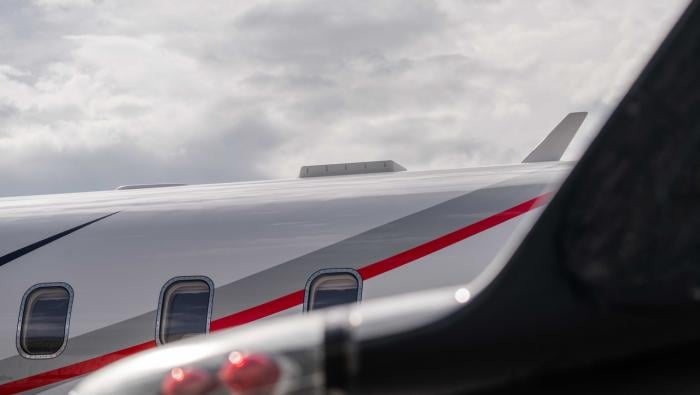This is a bad month for those of us who work tirelessly toward the goal of ensuring that certified aircraft maintainers are recognized for their knowledge, skills and abilities. We have lost an individual who often would stand and push his employer–the FAA–to do “the right thing” in regulating aircraft maintenance processes or procedures dealing with the individual mechanic. Standing up to a government-run bureaucracy is not for the weak, and sometimes you need all the strength you can muster to withstand what comes back at you.
Bill O’Brien, retired FAA national resource specialist, was the kind of person who could do all of that and more. He contributed many of his ideas freely in his monthly article in Aviation Maintenance Technology and in his many presentations to maintainers around the country. There is a long list of companies that specialize in general aviation that have also benefited from Bill’s knowledge of the FARs and what they needed to do to stay airworthy. He conducted hundreds, if not thousands, of IA renewal seminars around the country.
In researching Bill’s accomplishments, I asked former PAMA president Brian Finnegan what he remembered about the help Bill provided to the Professional Aviation Maintenance Association.
“Bill O’Brien helped get college credit recommendation from the American Council on Education in 1998 and, since then, a number of colleges” have begun giving credit toward a degree based on students’ having achieved their A&P.
In fact, Bill encouraged every mechanic he could to get back to school and earn a degree so the maintainers could be the managers in their aviation departments. I would wager that I have met more than 100 mechanics who have done just that. It was important to Bill that maintainers supervised maintainers. He actually started me looking into who was calling the shots after any accident that had maintenance involvement; you would be surprised at how often maintenance has been influenced by someone who was not qualified to make the decisions that were made.
An Advocate for Maintainers
Finnegan continued, “Bill worked to achieve and strengthen the light sport aircraft-repairman and light sport aircraft-maintenance certificate. He helped increase the necessary time to achieve certification from an earlier recommendation of very minimal requirements.” Many of us were concerned about the low standards initially specified for such a certificate, and Bill worked inside the FAA to ensure the standard was robust enough that the certified repairman was knowledgeable in the necessary areas.
“Bill taught us that it only takes one person to change the regulations,” said Finnegan, and he inspired the work by a PAMA chapter leader to get the FAA to review and extend the Inspection Authorization renewal period from one year to two.” Bill was a realist, insisting any changes would take hard work and diligence, but he was undeterred.
For most people those accomplishments would be enough for a lifetime, but this review only touches the surface of Bill’s efforts. Not long after I became an NTSB member, I decided to go fight for a separate job classification for aircraft mechanics, who were, at the time, categorized as equipment installers. I reached out to Bill, who worked long hours on the documents needed to convince the people from the Department of Labor that aircraft mechanics deserve their own classification. We were somewhat successful within the Department of Labor, but we needed some support from the FAA. Despite assurances from senior management we were cut off and failed to realize the necessary support. To add insult to injury, Bill had to endure some criticism from within the FAA for his efforts.
I would be remiss if I failed to mention the effect Bill had on Part 147 schools. Nobody worked harder to help keep these schools open. Bill understood the importance of good training. Bill supported the Part 147 school administrators in their pitches to higher school administrators to support the programs’ higher costs in the name of safety, despite pressures to provide training at a lower cost.
Through all the years I have known Bill, it was clear that he understood what was really important, and that was family. He would often talk about his wife and kids. In fact, the last time I was with Bill and his wife they were providing me a ride to my hotel after presentation of the Charles Taylor bust to the Smithsonian in Virginia, even though it was out of their way. That is the kind of friends they are.
I don’t know the words to express the loss that I and many other mechanics feel with Bill’s passing. Today my thoughts will go to all the things he accomplished, all the people he helped and all the mechanics for whom he provided guidance and inspiration.







